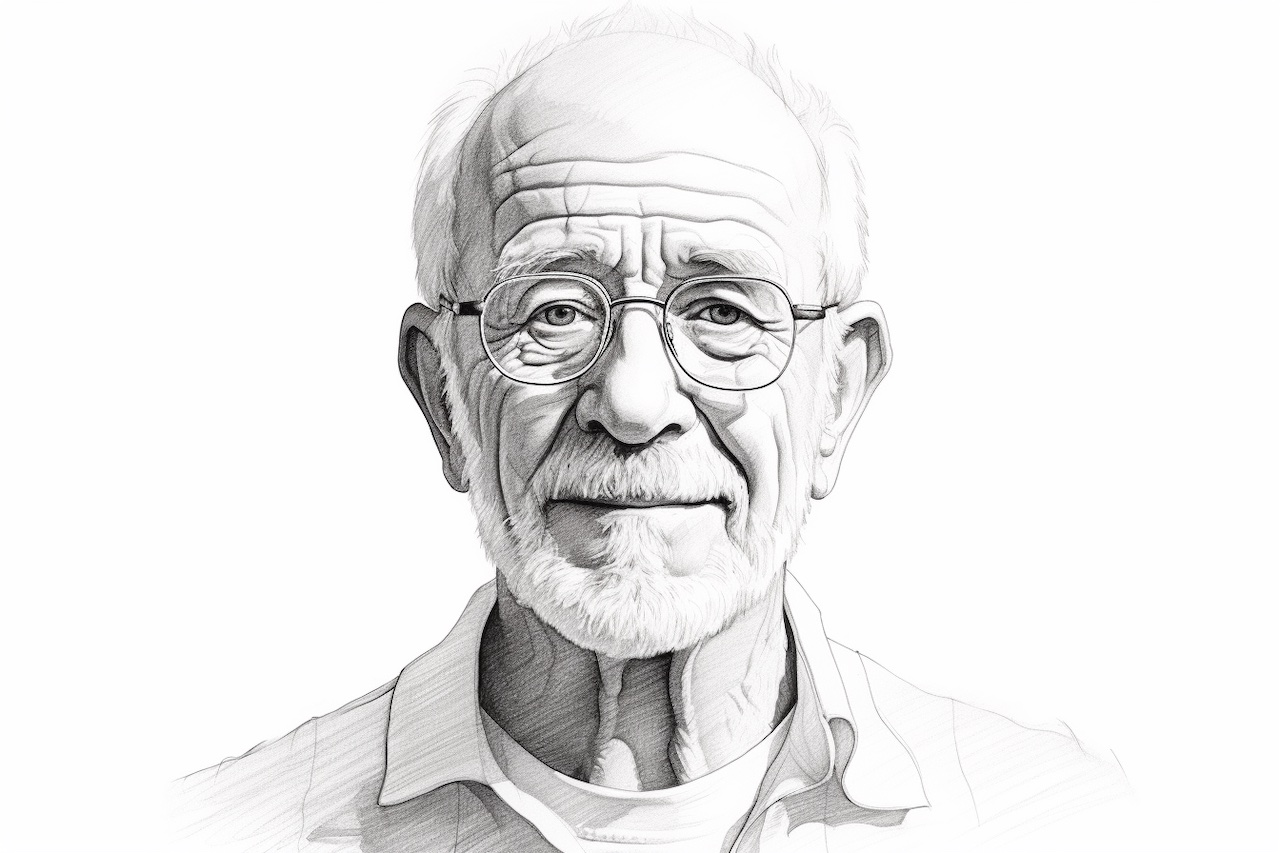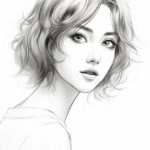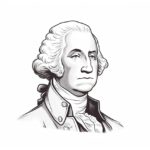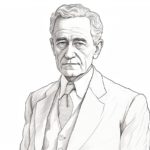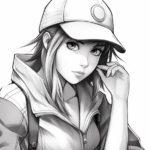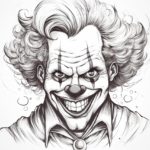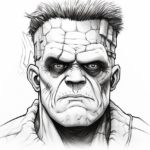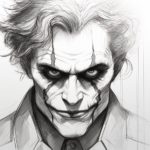Drawing portraits can be a rewarding and enjoyable artistic endeavor. In this step-by-step tutorial, we will guide you on how to draw a grandpa. With clear instructions and simple techniques, you’ll be able to create a charming portrait that captures the essence of a beloved grandfather.
Materials Required
Before we begin, gather the following materials:
- Drawing paper or sketchbook
- Pencil (preferably a medium or soft lead)
- Eraser
- Fine-tip markers or pens (optional, for outlining)
- Colored pencils or markers (optional, for adding color)
Now that we have our materials, let’s start drawing!
Step 1: Basic Outline
Begin by lightly sketching a basic oval shape for the head. This will serve as the foundation for our grandpa’s portrait. Next, draw a vertical line down the center of the oval to help guide the placement of facial features. Add two horizontal lines—one for the eyes and another for the nose—to further define the face’s proportions. Remember to keep your lines light and easily erasable, as they are just guidelines for now.
Step 2: Facial Features
Now, let’s start adding the facial features. Begin with the eyes, which are often a distinctive characteristic of a grandpa’s face. Using the horizontal line as a reference, draw two almond-shaped eyes with small wrinkles around them to depict a sense of age and wisdom. Add eyebrows that are slightly furrowed to convey expression.
Below the eyes, draw a small, curved line for the bridge of the nose, and then add a longer, curved line for the bottom of the nose. Next, draw a simple curved line for the mouth, giving the grandpa a gentle smile. Feel free to adjust the proportions of the facial features to create a unique and personalized portrait.
Step 3: Hair and Ears
Now, let’s work on the grandpa’s hair and ears. Start by drawing the outline of the hair, considering the hairstyle you would like to depict. Grandpas often have thinning or receding hairlines, so keep that in mind when sketching the hair. Next, draw the ears on either side of the head, using the outline of the oval as a reference for placement.
Step 4: Fine-Tuning the Face
In this step, we will refine the facial features and add more details. Pay attention to the unique characteristics of the grandpa you are drawing, such as wrinkles, age spots, or glasses. Add small lines to indicate crow’s feet around the eyes, lines around the mouth, and any other defining features. Remember, these details can vary depending on the individual you are drawing, so observe and adapt as necessary.
Step 5: Clothing and Accessories
Now that we have captured the essence of the grandpa’s face, let’s move on to drawing the clothing and accessories. Start by adding a collar and lapels to indicate a shirt or jacket. You can also draw a tie or a hat to further personalize the portrait. Pay attention to the folds and textures of the clothing, as they will add depth and realism to your drawing.
Step 6: Shadows and Shading
To add depth and dimension to your grandpa portrait, it’s important to incorporate shadows and shading. Observe the direction of the light source in your reference image and imagine how it falls on the face and clothing. Use your pencil or markers to lightly shade areas that would appear darker, such as under the eyebrows, around the eyes, and in the creases of the face. Gradually build up the shading, keeping it subtle and realistic.
Step 7: Outlining and Final Touches
Once you are satisfied with the overall drawing, you can choose to outline it with fine-tip markers or pens for a clean and finished look. Be sure to let the ink dry completely before erasing any underlying pencil lines. After outlining, you can also add additional details or highlights with colored pencils or markers to bring your grandpa portrait to life.
Conclusion
Drawing a grandpa portrait allows you to capture the character and wisdom that come with age. By following these step-by-step instructions, you have learned how to create a heartfelt and realistic drawing of a grandpa. Remember to practice and experiment with different styles and techniques to develop your own unique artistic style.
So grab your materials and start drawing a beautiful tribute to the special grandpas in our lives!

